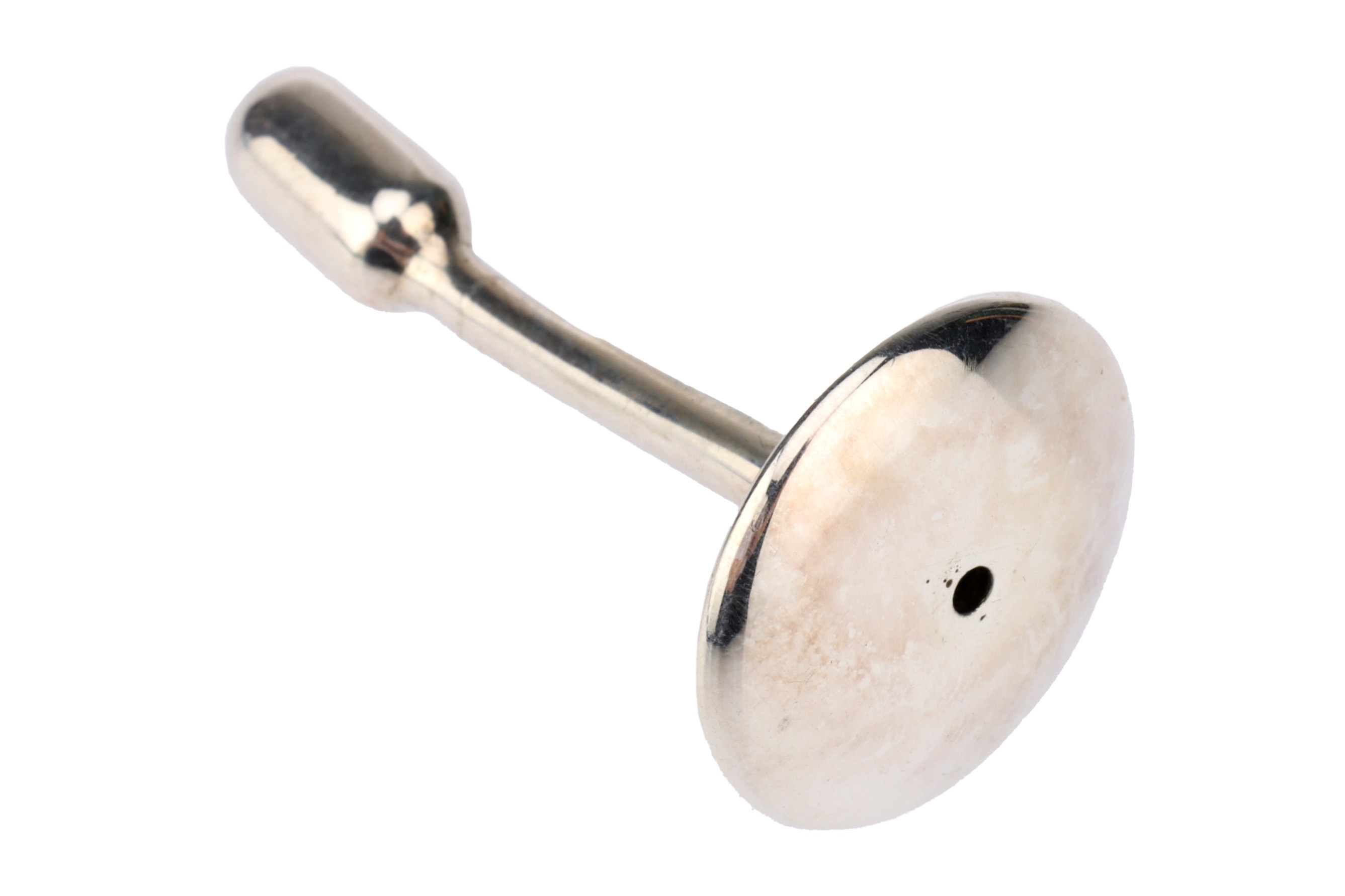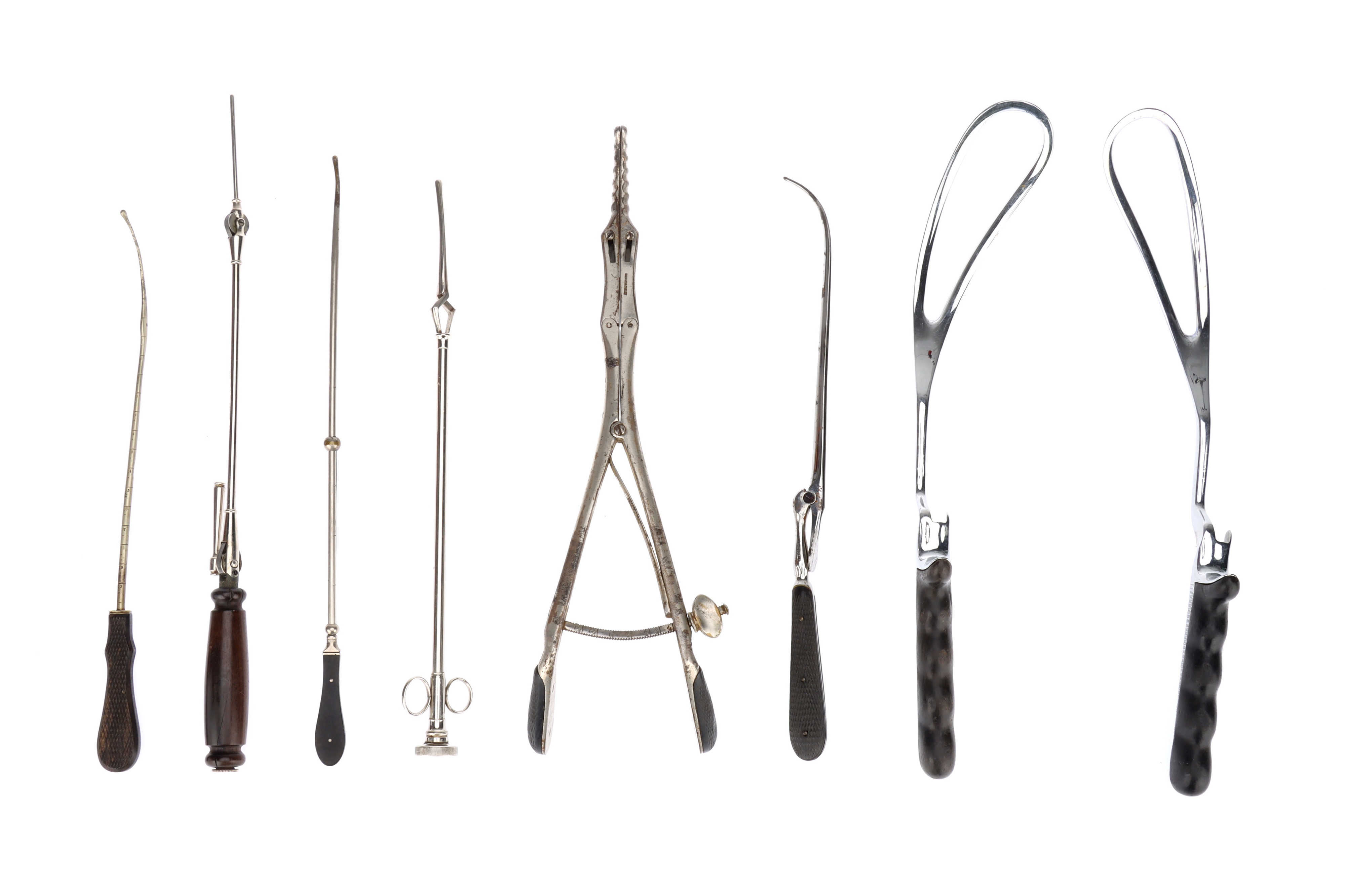Sitzungsberichte der Kaiserlichen Akademie Der Wissenschaften, 1874‘, Oct (8vo), original yellow paper wrappers, , published ‘Wien, Aus Der, K. K. Hof – Und Staatsdruckerei, In Commisson Bei Gerold’s Sohn, first edition, some pages uncut, W. C. Röntgen und F. Exner, Uber eine Anwendung des Eiscalorimeters zur Besttimmung der intensität der Sonnenstrahlung [p.228 - p.238] includes other articles with beautiful diagrams and tables of experiments,
Footnotes: Exner and Röntgen went together to the University in Zurich. Exner is thought to be one of the physicists who phantasized with tomography, little after the discovery of the X-rays by Röntgen, something which was published in the Austrian newspaper ”Die Presse” the 5th of January in 1896, the first newspaper publishing the discovery, something that spread the news even faster than the official manuscript.
The publication in “Die Presse” took place after Röntgen sent off-prints of his manuscript together with several photographs obtained with the new rays, to a large number of physicists or allied scientists. Franz Exner (1849–1926), professor of Physics and head of the Institute of Chemistry and Physics at the University of Vienna, was among the recipients. Röntgen and Exner were familiar with each other since their common apprenticeship at the polytechnical school of Zurich, around 1868, sharing even co-authorship in one paper. Exner had convened a meeting of colleagues on Saturday, January 4, 1896. The professor displayed the photographs and the accompanying scientific article sent out by Röntgen. Ernst Lecher (1856–1926), recently appointed professor of Physics at the German University of Prague, was in the audience. After the meeting, Lecher borrowed from Exner Röntgen’s off-print and some of the photographs as a proof of the discovery. On the same evening, he informed his father, Zacharias L. Lecher (1829– 1905), editor of “Die Presse”. The next day, in Sunday edition, on January 5, 1896, an unsigned article was published on the front page, entitled “Eine sensationelle Entdeckung” [A sensational discovery]. The article continued on the second page on two columns. The last paragraph starts as follows, in English translation:
“And if one lets phantasy run free, one can envision that it will become possible to improve the method of photographic process using the rays emitted by a Crookes’ tube in such a way, that only a part of the soft tissues of the human body remains transparent, but a deeper layer can be fixed on the plate and thus an inestimable aid would be gained for the diagnosis of numerous other groups of diseases than those of the bones. Such an achievement, such a progress on the opened track would not be out of reach of the possible, provided the preceding premise will prove correct. We admit that all this is over-audacious phantasy of the future…”
This forecast was nothing less than the suggestion of tomography concomitantly with the announcement of the birth of radiography. It will remain unknown who formulated the idea of imaging selected slices within a volume by means of X-rays. It is most plausible that the intuition arose from one of the physicists who had discussed Röntgen’s discovery the day before around professor Exner.
Sitzungsberichte der Kaiserlichen Akademie Der Wissenschaften, 1874‘, Oct (8vo), original yellow paper wrappers, , published ‘Wien, Aus Der, K. K. Hof – Und Staatsdruckerei, In Commisson Bei Gerold’s Sohn, first edition, some pages uncut, W. C. Röntgen und F. Exner, Uber eine Anwendung des Eiscalorimeters zur Besttimmung der intensität der Sonnenstrahlung [p.228 - p.238] includes other articles with beautiful diagrams and tables of experiments,
Footnotes: Exner and Röntgen went together to the University in Zurich. Exner is thought to be one of the physicists who phantasized with tomography, little after the discovery of the X-rays by Röntgen, something which was published in the Austrian newspaper ”Die Presse” the 5th of January in 1896, the first newspaper publishing the discovery, something that spread the news even faster than the official manuscript.
The publication in “Die Presse” took place after Röntgen sent off-prints of his manuscript together with several photographs obtained with the new rays, to a large number of physicists or allied scientists. Franz Exner (1849–1926), professor of Physics and head of the Institute of Chemistry and Physics at the University of Vienna, was among the recipients. Röntgen and Exner were familiar with each other since their common apprenticeship at the polytechnical school of Zurich, around 1868, sharing even co-authorship in one paper. Exner had convened a meeting of colleagues on Saturday, January 4, 1896. The professor displayed the photographs and the accompanying scientific article sent out by Röntgen. Ernst Lecher (1856–1926), recently appointed professor of Physics at the German University of Prague, was in the audience. After the meeting, Lecher borrowed from Exner Röntgen’s off-print and some of the photographs as a proof of the discovery. On the same evening, he informed his father, Zacharias L. Lecher (1829– 1905), editor of “Die Presse”. The next day, in Sunday edition, on January 5, 1896, an unsigned article was published on the front page, entitled “Eine sensationelle Entdeckung” [A sensational discovery]. The article continued on the second page on two columns. The last paragraph starts as follows, in English translation:
“And if one lets phantasy run free, one can envision that it will become possible to improve the method of photographic process using the rays emitted by a Crookes’ tube in such a way, that only a part of the soft tissues of the human body remains transparent, but a deeper layer can be fixed on the plate and thus an inestimable aid would be gained for the diagnosis of numerous other groups of diseases than those of the bones. Such an achievement, such a progress on the opened track would not be out of reach of the possible, provided the preceding premise will prove correct. We admit that all this is over-audacious phantasy of the future…”
This forecast was nothing less than the suggestion of tomography concomitantly with the announcement of the birth of radiography. It will remain unknown who formulated the idea of imaging selected slices within a volume by means of X-rays. It is most plausible that the intuition arose from one of the physicists who had discussed Röntgen’s discovery the day before around professor Exner.















Try LotSearch and its premium features for 7 days - without any costs!
Be notified automatically about new items in upcoming auctions.
Create an alert